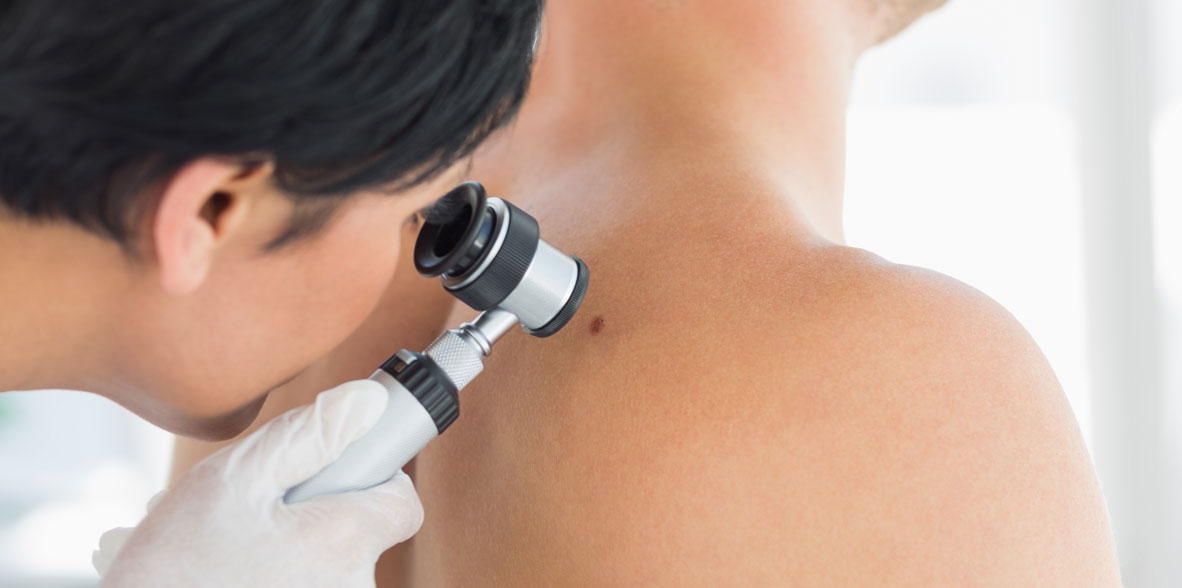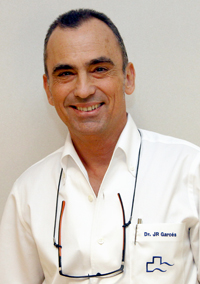

 Centro Médico Teknonen/health-centers/centro-medico-teknon
Centro Médico Teknonen/health-centers/centro-medico-teknon Centro Médico Teknonen/health-centers/centro-medico-teknon
Centro Médico Teknonen/health-centers/centro-medico-teknon- Hospital Quirónsalud Barcelonaen/health-centers/hospital-quironsalud-barcelona
- FACULTATIVO ESPECIALISTA DERMATOLOGÍADermatología Médico-Quirúrgica y VenereologíaCentro Médico Teknonen/health-centers/centro-medico-teknon
- Centro Médico Teknonen/health-centers/centro-medico-teknon
- Centro Médico Teknonen/health-centers/centro-medico-teknon
- FACULTATIVO ESPECIALISTA DERMATOLOGÍADermatología Médico-Quirúrgica y VenereologíaCentro Médico Teknonen/health-centers/centro-medico-teknon
- FACULTATIVO ESPECIALISTA DERMATOLOGÍADermatología Médico-Quirúrgica y VenereologíaCentro Médico Teknonen/health-centers/centro-medico-teknon
- FACULTATIVO ESPECIALISTA DERMATOLOGÍADermatología Médico-Quirúrgica y VenereologíaHospital Quirónsalud Barcelonaen/health-centers/hospital-quironsalud-barcelona
Mohs micrographic surgery is a highly specialized surgical treatment for skin cancer that provides the highest rate of cure compared with traditional techniques.
The original procedure was developed 60 years ago by Dr. F. Mohs at the University of Wisconsin (USA). The technique has been perfected over the years, although its basic concept still rests on three fundamental steps.
- Extirpation of the tumorous tissue
- Sophisticated preparation of small sections of tissue extirpated for microscopic examination to determine if the tumor has been completely removed
- The foregoing procedure is repeated if any cancerous cell is detected, but only in the affected area, until total cure is achieved
- Where is it performed?
Since the overall procedure is slow, sophisticated and requires highly qualified personnel, there are currently very few medical centers in our country equipped to carry out this treatment. Centro Médico Teknon has provided this procedure since its initial foundation.
- What happens with the surgical wound?
Once the tumor has been completely removed, a decision is taken on the best way to heal the wound left by Mohs surgery.
Sometimes it is left to heal on its own ("secondary intention"), a process which requires daily attention at home over a period of approximately 3 to 4 weeks.
Other approaches involve direct stitching of the wound ("primary intention") or the use of adjacent tissue transfer (flaps), skin grafts or other cosmetic surgery techniques.
The decision depends on the size and location of the defect. In any event, every patient is carefully advised and informed about the procedure to be followed in each particular case
- What is the normal postoperative evolution
Most patients notice a certain tightness around the wound, which disappears with time.
A certain sensation of soreness after healing is also normal and can be alleviated with any type of moisturizing cream (Vaseline is sufficient).
Most tumors affect the small sensory nerve fibers, and it may be a year before normal sensitivity returns to the area. Until then a tingling feeling may be experienced, together with a corklike sensation, or alternation between both sensations.
The tissue surrounding the wound has a greater blood supply than normal due to the healing process. This makes the skin more pinkish in color as well as more sensitive to changes in temperature. Both sensitivity and redness disappear with time.
It is important to take into account that the definitive appearance of the skin and flesh cannot be appreciated until one year after the operation.



































